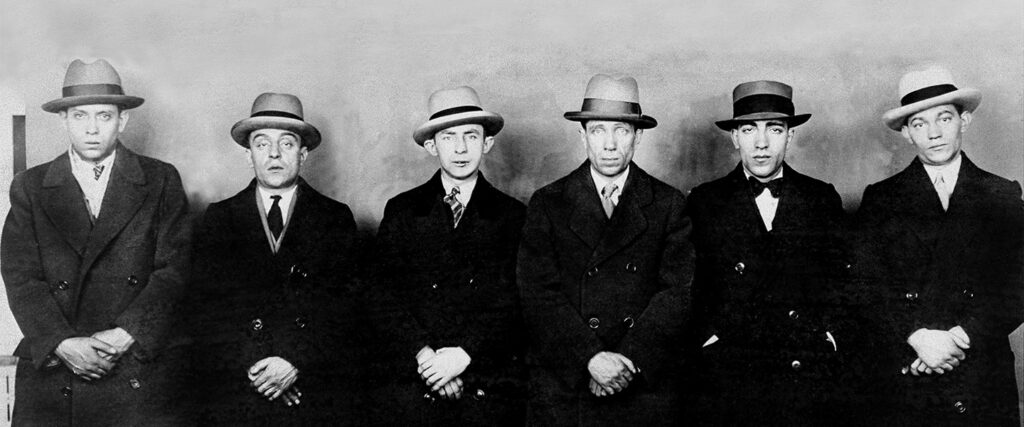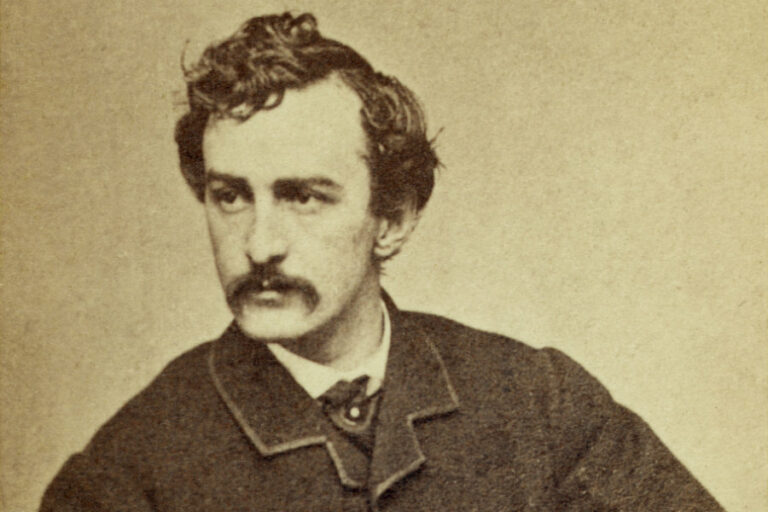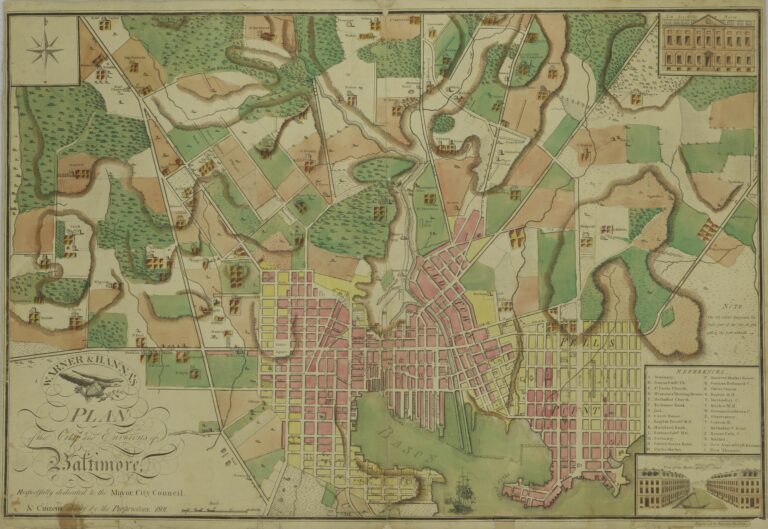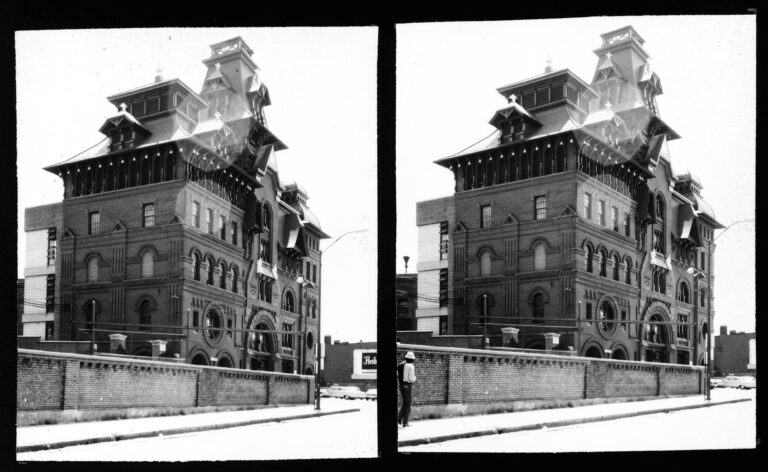Before Bonnie and Clyde (i.e., Bonnie Parker and Clyde Barrow) captured the attention of a nation, we had Richard and Margaret, affectionately known as the Candy Kid and the Tiger Girl. They were arrested in 1926 for a major bank holdup and double murder in Buffalo, New York.
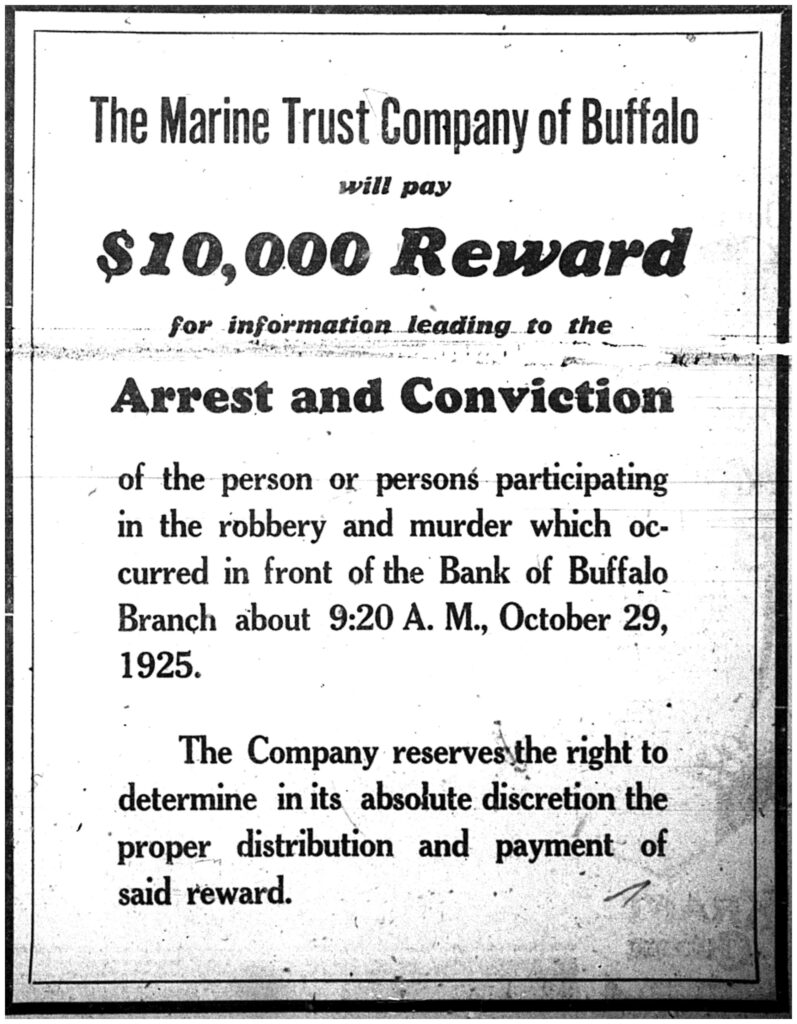
Richard Reese Whittemore, the “Candy Kid” of modern banditry, paid the law’s toll a few minutes after midnight this morning.
-ad 107-The “Candy Kid” was hanged in the Baltimore county jail for the murder of a guard he killed in a desperate and successful break for freedom from the same prison, February 20, last year.
This was a special piece to The Washington Post from Baltimore on August 13, 1926.
The Whittemore Gang was a notorious group of bank robbers on the east coast during the mid-1920s. Led by Richard Reese Whittemore, they went on a crime spree committing numerous crimes throughout New York and Maryland before they were capture and stopped in 1926.

On February 20, 1925 he killed prison guard Robert Holtman in his successful escape from the Maryland State penitentiary. This was the crime for which he was ultimately caught and put to death.
On October 29, 1925 several bandits shot up an armored truck at the Marine Midland Trusty Company’s Bank of Buffalo branch, which killed two men. The group of six, included a blonde woman matching Tiger Girl’s description, made of with nearly $100,000, escaping in a stolen Buick.
The good news for the Candy Kid and Tiger Girl was that during his trial in April 1926, there was a hung jury and no verdict was agreed upon. Thousands of onlookers outside the courthouse in Buffalo greeted the announcement with cheers of celebration.
It’s hard to explain in today’s context, but in the 1920s, for some reason, the criminals were sometimes seen as the good guys. Odd. Pretty sure Robin Hood didn’t murder people in cold blood.
Back to the article.
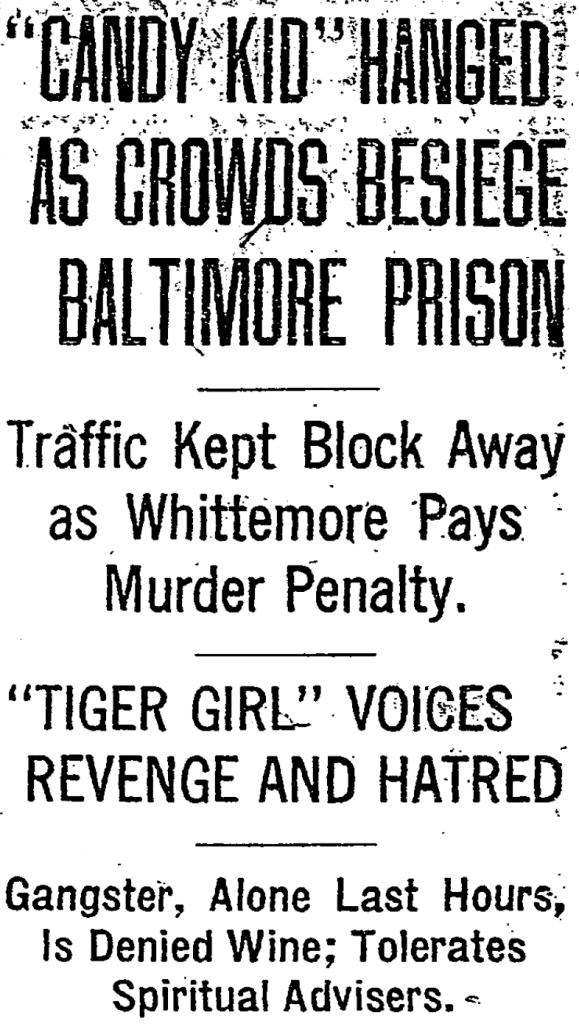
Shorn of his death guns and the support of the members of the gang of youthful bandits he had led through a brief but spectacular year of crime and robbery, Whittemore was led to the death chamber, which had been prepared for him a few minutes after midnight.
Whittemore spent the last several hours of his life alone. His wife, her widow’s weeds already purchased, bade him an anguished good-by in the afternoon. The “Kids’s” broken-hearted father, his brother, Rawlings V. Whittemore, jr., and his sister-in-law- Mrs. R. V. Whittemore, jr., accompanied her.
There seemed to be nothing of affected bravado as Dick urged them to remain calm. “Come on now, Chickie,” he urged his wife, “be brave.” His last concern was mostly for his mate, the “Tiger Girl,” who, even as she came from the penitentiary, had revenge and hate in her heart.
The scene outside the jail was interesting and described in detail.
Boys and girls in the earliest teens dodged traffic and shouted gleefully. “He ain’t got but a few hours to live.”
Later in the evening some 100 policemen in uniform and in plain clothes surrounded the penitentiary and kept traffic a block away. There had been rumors and reports that a strong armed contingent of New York’s gangland was to seek a release.
…
At 8 o’clock the Kid ate heartily of an especially prepared meal of strongly Italian flavor. He asked for wine, reminiscent of the sweet cup of life which he tasted in New York’s night life. This was denied.
That was that. The Candy Kid was hanged and dead.
According to the newspapers of the time, Margaret “Tiger Girl” Whittemore eventually remarried, settled down in her native Baltimore, and disappeared from the public eye.
